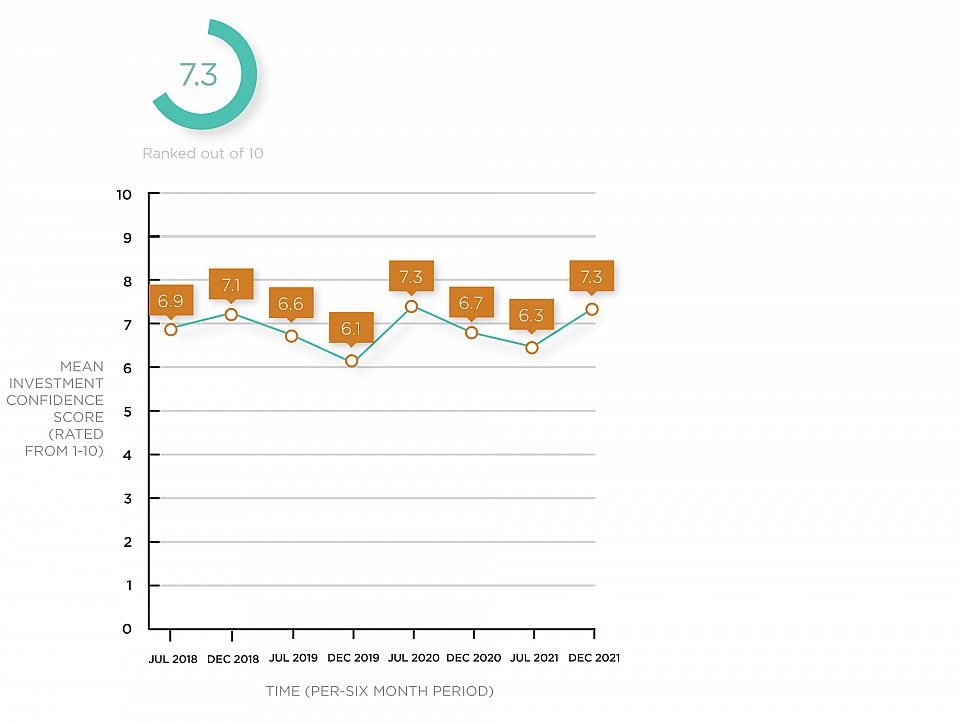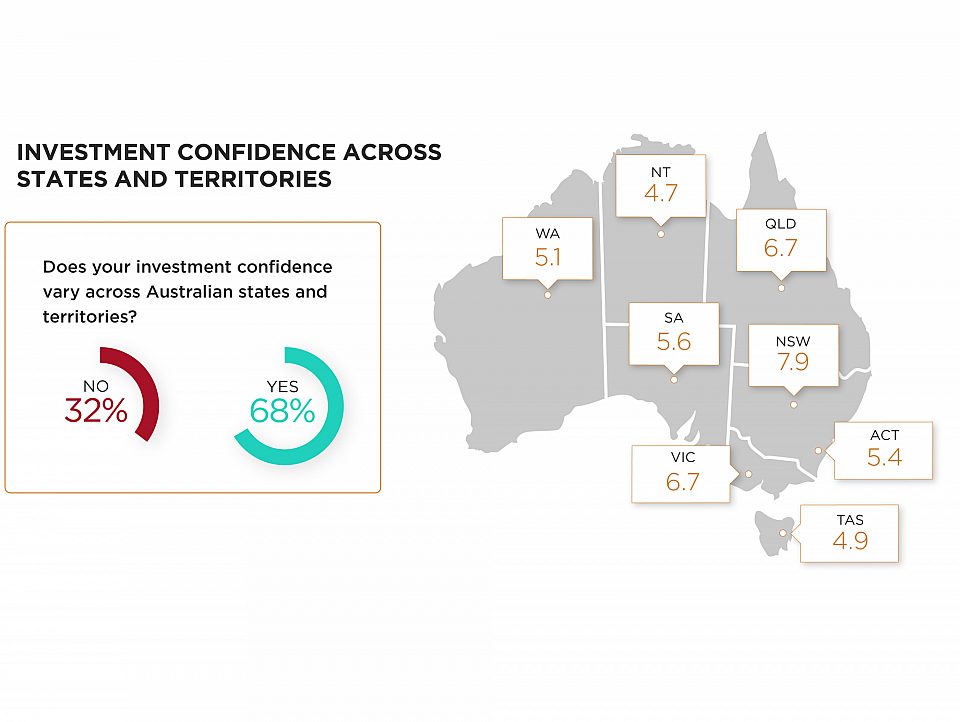Clean Energy Council: Stronger 2030 targets key to renewable energy investment confidence
Energy
Energy
Renewable energy investors have expressed their doubt over the Federal Government’s long anticipated commitment to net zero emissions by 2050 in the latest edition of the Clean Energy Outlook Confidence Index.
Since July 2018, the Clean Energy Council has conducted a bi-annual survey of senior leaders from across the clean energy industry to measure their investment confidence, employment trends and business challenges.
In the latest survey, which comprises the responses from more than 60 CEOs and senior managers, data has revealed the need for an improved 2030 emissions reduction target, which a clear majority (79%) say would increase their confidence for future investment.
However, strong commitments and policy development from state governments – particularly on the east coast, is increasing investor confidence by a point in the last months from 6.3 to 7.3 out of 10.

Clean Energy Council chief executive Kane Thornton said that state and territory governments continue to lead the charge in providing much needed policy ambition and clarity that is key to transitioning Australia to a renewable energy future.
“Investors recognise the opportunities created by limiting global temperature rise to 1.5°C and we’re seeing that capital flow through to New South Wales, Victoria and Queensland,” he said.
NSW continues to be rewarded for its clear strategy and legislative certainty to phase out coal generation and become an energy and economic leader in a low-carbon economy, recording the most positive investor sentiment of all states and territories
Next best includes Victoria and Queensland, with the Sunshine State rewarded for its strong play for the renewable hydrogen export market, up from a score of 5.6 out of 10 in December 2019 to 6.7 in this edition.

Grid connection remains the most significant challenge facing large-scale renewable energy projects, with substantial delays and changes in technical requirements impacting projects and investor confidence.
Thornton said the Connections Reform Initiative – which the Clean Energy Council has developed with the Australian Energy Market Operator – will shortly release a roadmap to overhaul the connection process.
“This must be accompanied by stronger investment and faster progress on building the transmission backbone for a 21st Century energy grid,” he said.
“Reform has been slow and a lack of transmission investment is now becoming a major impediment to a smooth and low-cost energy transition.”
Under-investment in network capacity was rated the second biggest challenge by the industry, followed by unpredictable government intervention in the energy market and a lack of long-term integrated federal energy and climate policy.